EDATEC's Two Fan-Less CNC Cases for the Raspberry Pi 5 SBC
The Raspberry Pi 5 SBC boasts significant performance enhancements compared to its predecessor, the Raspberry Pi 4. However, achieving optimal performance under heavy loads necessitated active cooling, typically provided by official solutions such as an active cooler or a case equipped with a fan. Unfortunately, there has been a notable absence of official fan-less cases designed specifically for the latest Raspberry Pi single-board computer.
In response to this need, EDATEC has unveiled two innovative fan-less cases tailored for the Raspberry Pi 5 SBC. The first is the ED-Pi5Case-B (Figure 1, left), characterized by its low-profile and enclosed design. The second option is the ED-Pi5Case-O (Figure 1, right), an open case featuring two strategically positioned heatsinks on the top and bottom of the Raspberry Pi 5. EDATEC aims to offer users efficient passive cooling solutions that optimize the performance of the Raspberry Pi 5 without the need for active cooling mechanisms.
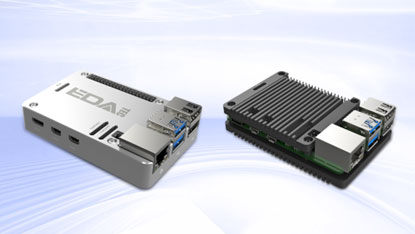 Figure 1: ED-Pi5Case-B (left) and ED-Pi5Case-O (right). (Image source: EDATEC)
Figure 1: ED-Pi5Case-B (left) and ED-Pi5Case-O (right). (Image source: EDATEC)
Crafted from CNC-milled aluminum and available in sleek silver or black finishes, both fan-less cases offer seamless access to all ports and major interfaces of the Raspberry Pi 5, including the GPIO header, MIPI connectors, PCIe FPC connector, and PoE header. It's important to note that while the closed enclosure restricts access to the battery and UART connectors, and both cases block the fan connector, this is not expected to pose any issues in typical usage scenarios.
EDATEC asserts that their ED-Pi5Case-B fan-less case, weighing 178 grams, is designed to effectively reduce temperatures by an impressive 20 to 25°C. The lighter ED-Pi5Case-O cooling solution, weighing 130 grams, is claimed to achieve a temperature reduction of up to 15°C (temperature charts provided by the company can be found at the end of this post). Both cases include three thermal pads strategically positioned to cover the Broadcom BCM2712 CPU, wireless module, and PMIC, mirroring the configuration of the Raspberry Pi 5 active cooler. Additionally, thermal conductive silicon is applied to the bottom of the board to enhance heat dissipation (Figure 2).
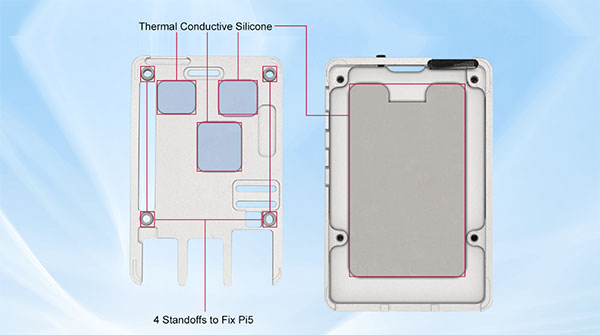 Figure 2: Both the ED-Pi5Case-B and ED-Pi5Case-O enclosures include three thermal pads strategically positioned to cover the CPU, wireless module, and PMIC. (Image source: EDATEC)
Figure 2: Both the ED-Pi5Case-B and ED-Pi5Case-O enclosures include three thermal pads strategically positioned to cover the CPU, wireless module, and PMIC. (Image source: EDATEC)
A discrete black plastic window positioned on the top right corner facilitates wireless connectivity in the closed case design. The company emphasizes that this feature enhances WiFi and Bluetooth connectivity, asserting in their marketing material that the case "benefits from strong WiFi and Bluetooth connectivity, augmented by a semi-transparent wireless window, ensuring seamless communication with your devices." It's worth noting that this feature is exclusive to the closed design, as the open case does not require such a window (Figure 3).
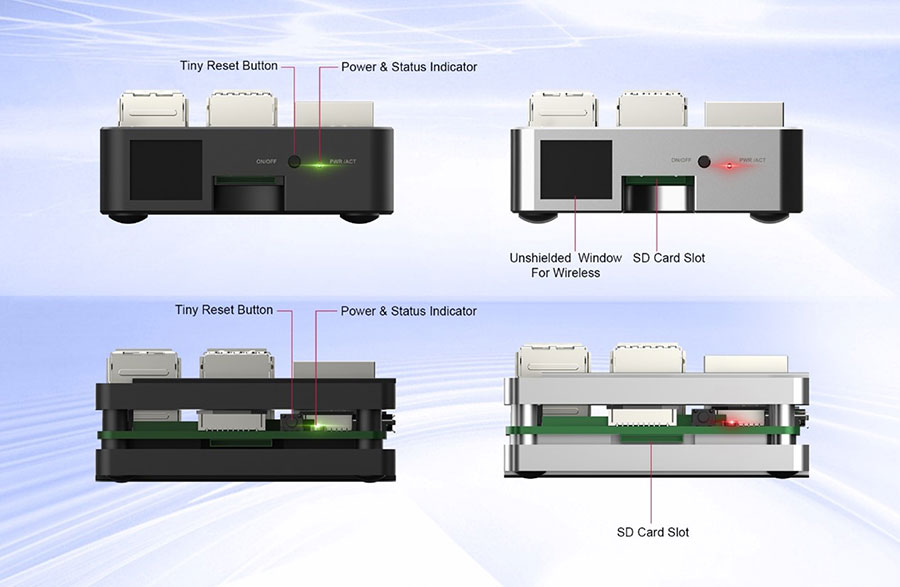 Figure 3: ED-Pi5Case-B (top) and ED-Pi5Case-O (bottom). (Image source: EDATEC)
Figure 3: ED-Pi5Case-B (top) and ED-Pi5Case-O (bottom). (Image source: EDATEC)
Primarily serving business clients with a focus on custom design services, EDATEC has extended its product offering to individual customers by making the ED-Pi5Case-B and ED-PiCase-O available at DigiKey. These cases are priced at $18 and $10 (at the time of this posting), respectively, and can be purchased here.
For more comprehensive information, interested individuals can refer to the respective product pages. Responding to our request, EDATEC conducted stress tests using the "stress -c 4" command on a bare Raspberry Pi 5, first without a case, then within the ED-PiCase-O open case and finally housed in the ED-Pi5Case-B enclosure. The resulting CPU frequency and temperature charts are shared below. All tests were conducted under an ambient temperature of 30 degrees Celsius.
 Figure 4: Naked Raspberry Pi 5 stress test. (Image source: EDATEC)
Figure 4: Naked Raspberry Pi 5 stress test. (Image source: EDATEC)
Figure 4 notes: Stress testing of the bare board CPU was performed at 30°C. After five minutes, the temperature reached 85°C, at which point the device began to experience a frequency drop. The CPU frequency dropped from a high of 2400 MHz to a low of 1400 MHz, then the temperature dropped, and the frequency picked up again to around 2200 MHz. However, as the CPU temperature rises again, the frequency drops to 1400 MHz. This fluctuation in frequency is quite frequent.
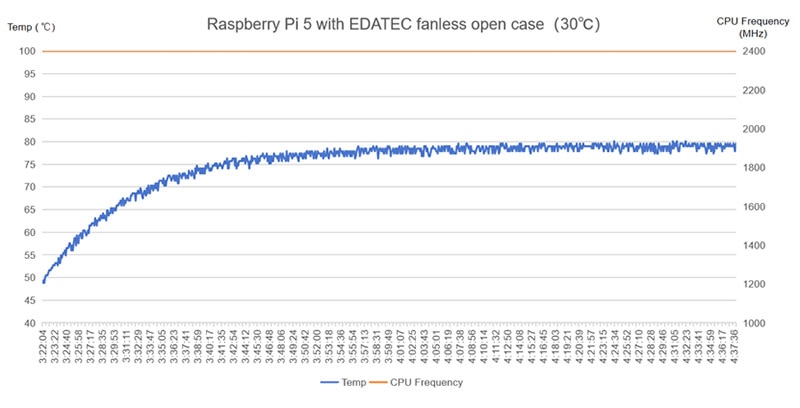 Figure Raspberry Pi 5 with EDATEC fan-less open case. (Image source: EDATEC)
Figure Raspberry Pi 5 with EDATEC fan-less open case. (Image source: EDATEC)
Figure 5 notes: A stress test at 30°C revealed that the CPU temperature of the device with the Open Case enclosure rose more slowly and eventually stabilized near about 80°C. The CPU was kept running at full speed throughout the test.
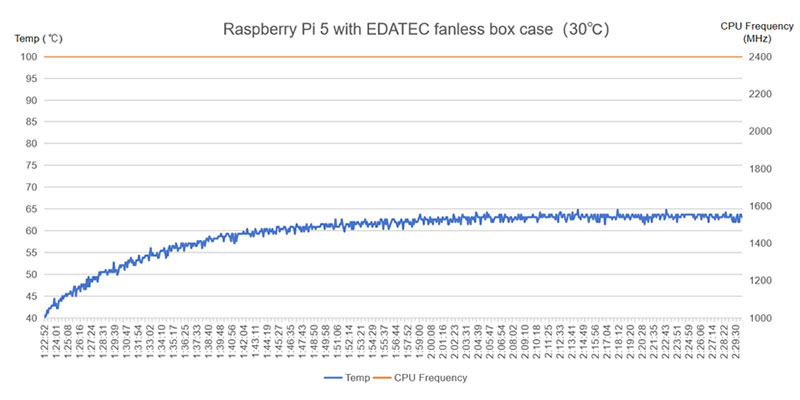 Figure 6: Raspberry Pi 5 with EDATEC fan-less CNC enclosure. (Image source: EDATEC)
Figure 6: Raspberry Pi 5 with EDATEC fan-less CNC enclosure. (Image source: EDATEC)
Figure 6 notes: In a 30°C environment, the stress test found that the CPU temperature of the device with the CNC Box case stabilized at around 64°C after one hour. The CPU was able to maintain full-speed operation throughout the test.

Have questions or comments? Continue the conversation on TechForum, DigiKey's online community and technical resource.
Visit TechForum









